Power with green inspiration.
A couple of weeks ago, an electricity blackout in our neighborhood was announced by the power company. We thought this was the ideal time for some experimentation with ‘green’ off-the-shelve products and also explain a bit about the inspiration for the energy harvester project.
The various “domain knowledge gathering” experiments (e.g. this post and this post) have been running some time now, and started out with building axial flux wind turbines and charging batteries with some cheap solar panels. The collection of various similar solar panels (wired in parallel) is now able to deliver 600Wp output at about 15V (that means the cables are carrying 40A).
The small DIY wind turbine does not yield a lot of power because of its small size and the poor location, but at a time when it was very windy, about 200W of energy going into the batteries was registered.
The battery stored energy can be used directly with appliances that work on 12V DC, or it needs to be converted up (higher voltage) or down (lower voltage). Or we can convert it to AC with the help of an inverter. The pure sine wave inverter we have, is capable of handling loads up to 1000W continuous: Short, thick and clumsy cables are thus connecting the batteries with the inverter because of the high amperage at 12V.
We also experimented with various (mini) grid tie inverters – usually Chinese and from a company called Sun – which are still illegal to hookup on the grid (so do not do that!). However, one can also use these grid tie inverters to provide additional power to the pure sine wave inverter on a separate home grid. Less stress on the batteries, and the power conversion from the solar panels to 230V AC is more efficient because of the so-called MPPT capabilities of these grid tie inverters.
The main reason for selecting the energy harvester project in order to demonstrate our system development skills, is the very badly designed hybrid wind and solar charge controller in our tests. It cooks the batteries by overcharging them (you can not leave it unattended for longer periods of time); it disconnects the outputs for the wrong reasons at the wrong battery voltage set-points, and it has no way to alter or fine-tune its behavior without voiding the warranty. Not that that is worth anything. And it certainly does not optimize power harvesting. You have no feedback on how bad it is doing. 🙁
Anyway, since there was going to be a mains power blackout, the home was physically disconnected from the mains (otherwise fire, mutilation, death and destruction would occur in the accidental event that those two AC power sources would meet :D), the inverter was connected to the home grid, and power was available whilst the neighbors did have none. Everything worked at a nominal average 300W power usage from the batteries, only TL lights would not work.
The experiment was a success! Then, all connections were reverted again. We can proudly announce, that in case of a blackout, we have emergency power! But for the moment, the wind and solar energy is only to be used to run appliances in the basement on a separate net.
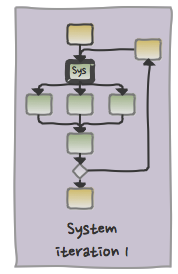
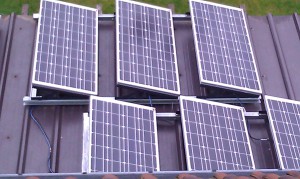
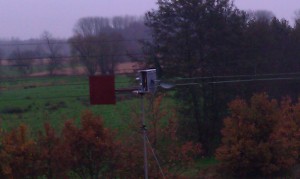
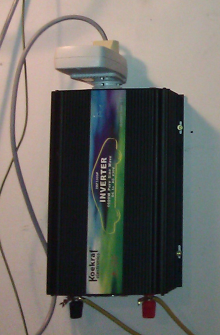
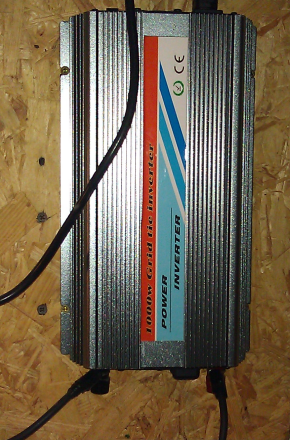
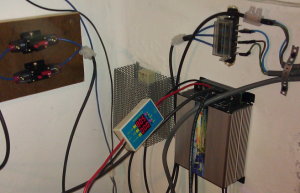
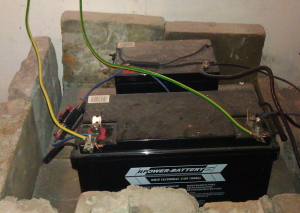
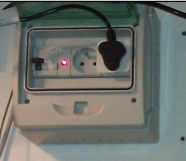

Speak Your Mind